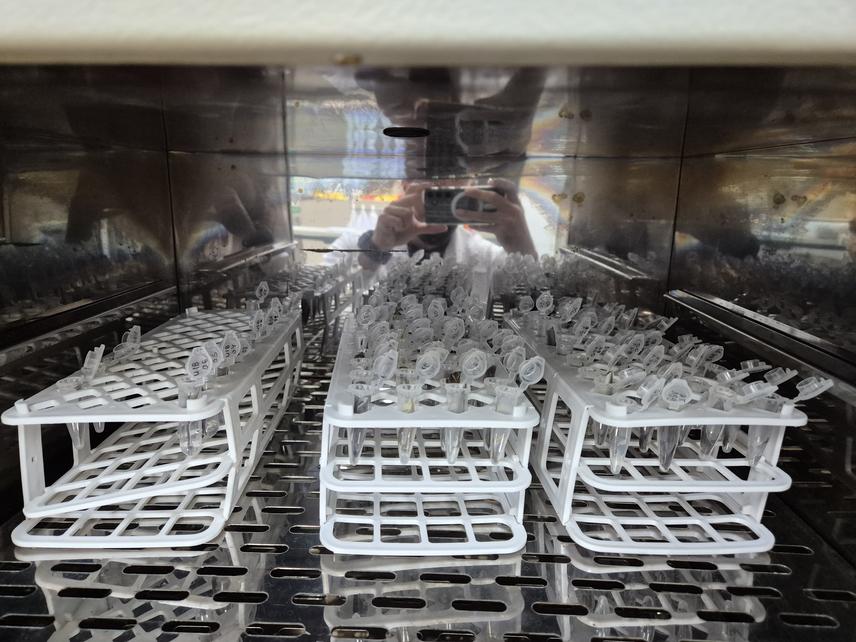Antonio Iderval Sodré Neto
Defaunation is one of the leading causes of biodiversity's decline worldwide. Although practices related to defaunation can be induced by a variety of drivers, the illegal wildlife trade is perhaps the most relevant one. The sheer magnitude of this parallel market is enough to be distinguished as the third largest illegal market worldwide, pervasively threatening the biodiversity in many regions, including the neotropics and other hotspots. In Brazil, the illegal trade of songbirds is a particularly extensive and severe sub-category of this market, posing severe threats to local avian populations. Bahia, one of Brazil's states, is considered a core range area for this illegal trade, with rampant poaching and commercialization of songbirds. This area's significance to the illegal songbird trade stems from its diverse avifauna, which encompasses species from three distinct biomes present in the state: Caatinga, Cerrado, and the Atlantic Forest.

Feather samples drying in an oven at 50 °c after chemical cleaning. © Antonio Iderval Sodre Neto.
This project focuses on investigating the source areas of capture for illegally traded Green-winged Saltator songbirds in Bahia's state, Brazil. The main aim is to identify the geographic origin of seized individuals, to inform environmental agencies and law enforcement institutions concerned with combating the illegal wildlife trade. To achieve this, a combination of fieldwork surveys and wildlife rehabilitation centre sampling will be conducted, aiming to collect organic material samples from wild and seized individuals. Stable isotope analysis will then be applied to the collected organic material in order to construct isoscapes for Bahia's state, allowing the geographic origin and a timestamp of capture for each seized individual to be inferred.
The Green-winged Saltator species is an excellent candidate for this type of forensic analysis due to its territorialism, dietary preferences, and occurrence in relatively well-preserved areas. The identification of the source areas of illegally traded individuals will enable environmental stakeholders to make more informed decisions regarding conservation efforts and oppose the illegal wildlife trade more efficiently. The findings of this project could also be applicable to other species subject to illegal wildlife trade in other regions.
Header image: Feathers of different ages extracted from seized individuals, selected for stable isotope analysis. © Antonio Iderval Sodre Neto.